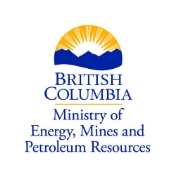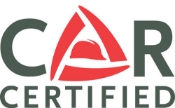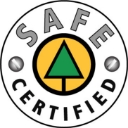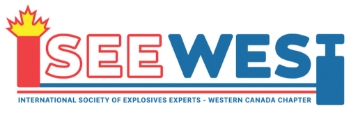ROCK BLASTING FAQ
T & A has been providing rock work services in the Okanagan Valley since 1979. Many of the projects undertaken by T & A are in residential areas, near existing homes and other structures.
T & A has an outstanding safety program and takes pride in following all regulations set by the governing authorities. Workers at T & A continually receive extensive training on the most up-to-date blasting skills and knowledge needed to perform the work accurately and without harm. Safety is always the number one priority.
Below are answers to the most frequently asked questions we receive about blasting. If the answer to your question is not found below, please contact us directly.
A Rock Blasting Notification will be hand-delivered to advise that blasting activities will soon begin in the nearby area. All questions regarding blasting activities should be directed to T & A Rock Works Inc. at (250) 765-4811 or [email protected].
Rock blasting produces ground vibrations, which are measured using seismographs that are set up at homes or structures closest to the blast. Rock blasting also produces air overpressure (air movement) and noise. The air movement, commonly mistaken for ground vibration, can cause windows to rattle, similar to a clap of thunder. This is a normal and expected byproduct of blasting.
Each blast is designed to achieve lower vibration levels than the industry recommended limit of 50 mm/second PPV. When conducted with proper care and attention, vibrations will not cause structural damage to homes or buildings; however, securing delicate belongings that are susceptible to falling is a prudent precaution.
- Crews may ask bystanders to vacate the danger area – as determined by the Blaster of Record – to ensure the safety of nearby individuals and crew members on site
- Guards will be positioned around the danger area to establish a safety perimeter and prevent traffic and persons from entering the danger area
- Warning sirens are used to signal upcoming blasts:
- 12 short horns indicate that the blast will be detonated when safe to do so
- The 12 warning horns notify the personnel within the danger area
- One 5-second-long horn indicates that the blast is over, and the danger area is safe to enter for T & A personnel
- 12 short horns indicate that the blast will be detonated when safe to do so
If you do not hear the warning horns, it is because you are not within the danger area.
Blasting is less invasive; it is quieter, quicker, and less disruptive than processes such as rock hammering. It’s a common and safe practice in hillside development. Blasting was likely required to provide services, roads, and foundations for your home, just as it’s required for the homes of your future neighbours.
Blasting generally occurs at any time Monday through Friday between 8:30 am and 4:30 pm and occasionally on Saturdays, if warranted.
Blasting requires precision and attention to detail; the careful execution of industry standards ensures that we conduct the work safely for everyone involved. Blast timing varies due to safety protocols, inspections, and other onsite variables. We cannot set specific blast times because it can rush the process and create safety concerns.
As with any damage claim, insurance adjustors require proof of cause. To start the required preliminary investigation process, contact T & A.
Coast Claims Insurance Services is the independent adjuster engaged on behalf of the insurers of T & A. Please make initial contact with T & A Rock Works Inc. prior to contacting Coast Claims.
Pre-blast surveys are done for properties in close proximity to the blasting location(s). If you were not approached to have a pre-blast survey completed on your home, it is because your home is not within the determined radius.
Pre-blast surveys are conducted by the company and individual listed here and can vary by project. You can refuse to have a pre-blast survey conducted on your home, but it is not recommended. Refusal to participate in a pre-blast survey will be documented for insurance purposes.
Each blast occurs in accordance with the Best Practices Guides for Close Proximity Blasting Operations. The Western Canadian Chapter of the International Society of Explosive Engineers (ISEE) wrote the guidelines to ensure trained professionals use charge weights that are appropriate for the distances to nearby structures.
Independent consultants provide oversight on the ground vibration data of every blast and the management at T & A continually analyze the data and make adjustments when warranted.
Variations are normal and expected. Blast design parameters change from day to day, which is why you may feel a difference. Factors include the number of total blasts, charge weight per delay, blast direction and/or timing, geological characteristics, blast site location, weather, and depth of rock cut.
We receive permits to blast within municipalities. If, for some reason, blasting must continue beyond the permit limit, we must renew or re-apply for another permit. In such a case, we will provide an update before the next blasting period commences.
SAFETY ACCREDITATIONS






CONTACT US
Need expert rock drilling, blasting, or slope stabilization? Don’t wait! Contact us now for reliable, professional, and safe solutions.

